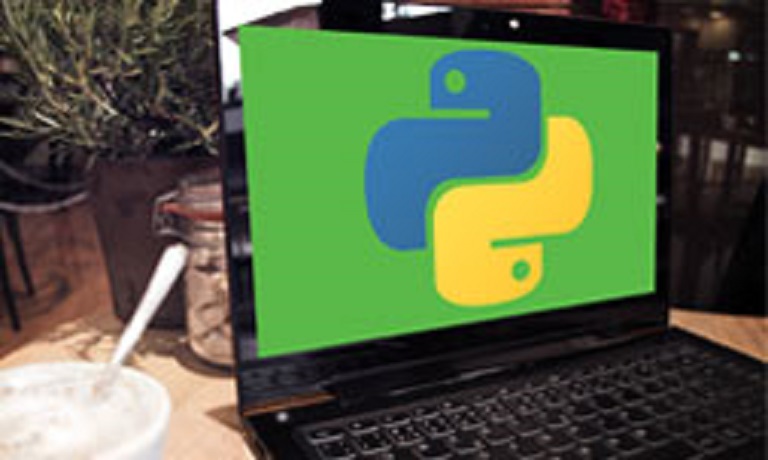| CARVIEW |
- CCNA online course
- Linux online course
- VMware ESXi online course
- Nmap online course
- MySQL online course
- Raspberry Pi online course
- Apache HTTP Server course
- VMware Player online course
- Splunk online course
- SQL online course
- Oracle VirtualBox online course
- Python online course
- Asterisk course
- VMware Workstation Player course
- Process Explorer course
- Pillow online course
- Create a web crawler in Python
- A short introduction to…
Run Python code
There are multiple ways to run the Python code. Here are the most common launching techniques:
1. the interactive prompt – this is the simplest way to run your Python programs. You simply type the code in this command-line interface. To access the interactive prompt, type python in the Windows command prompt or Linux shell and press Enter:
2. IDLE (Python GUI) – a graphical user interface where you can write your Python code. This IDLE is free and it is installed automatically during the Python installation. It enables you to edit, run, and debug Python programs in a nice GUI environment:
3. the command line – you can save your code in a file and run that file in the Windows command prompt or Linux shell. The files in which the code is saved usually have the .py extension. The code is run by specifying the filename after the python keyword:
In the picture above you can see that we’ve executed a file called example.py. If the Python directory is not listed in the PATH variable, you will need to enter the full path to the python.exe program.
Python course
- Introduction
- Python overview
- Install Python on Windows
- Install Python on Linux
- Add Python to the Windows Path
- Run Python code
- Interactive prompt
- IDLE editor
- Command line
- Help mode
- Basic programs
- Write your first program
- Use comments
- What are variables?
- Variable data types
- Variable names
- Numeric variables
- Strings
- Get the current date and time
- Operators overview
- Arithmetic operators
- Comparison operators
- Logical operators
- Assignment operators
- Membership operators
- Identity operators
- Conditional statements
- The if statement
- Get user input
- The if...else statement
- The if...elif statement
- Nested if statements
- Use logical operators
- Loops
- The for loop
- Use for loop with the range() function
- The break statement
- The continue statement
- The pass statement
- Use else statement in loops
- The while loop
- Nested loop statements
- Errors
- Types of errors
- Syntax and logical errors
- The try...except statements
- The try...except...else statements
- The try...except...finally statements
- Catch specific exceptions
- Raise exception
- Nest exception handling statements
- Modules
- What are modules?
- Import modules
- Find files on disk
- Display module content
- Strings
- What are strings?
- Escape characters
- Access individual characters
- String functions
- Search strings
- Concatenating strings
- Lists, sets, tuples, dictionaries
- What are lists?
- Modify lists
- Loop through a list
- Check whether a value is in a list
- Sorting lists temporarily
- Sorting lists permanently
- Obtaining the list length
- What are sets?
- What are dictionaries?
- Add new key-value pair to a dictionary
- Modify a value in a dictionary
- Delete a key-value pair in a dictionary
- Loop through a dictionary
- What are tuples?
- Looping over a tuple
- Working with files
- How to read and write files
- Read a file
- Read and write – with statement
- Make a list of lines from a file
- Functions
- What are functions?
- Return statement
- Positional arguments
- Keyword arguments
- Default values for parameters
- Flexible number of arguments
- Variable scopes







